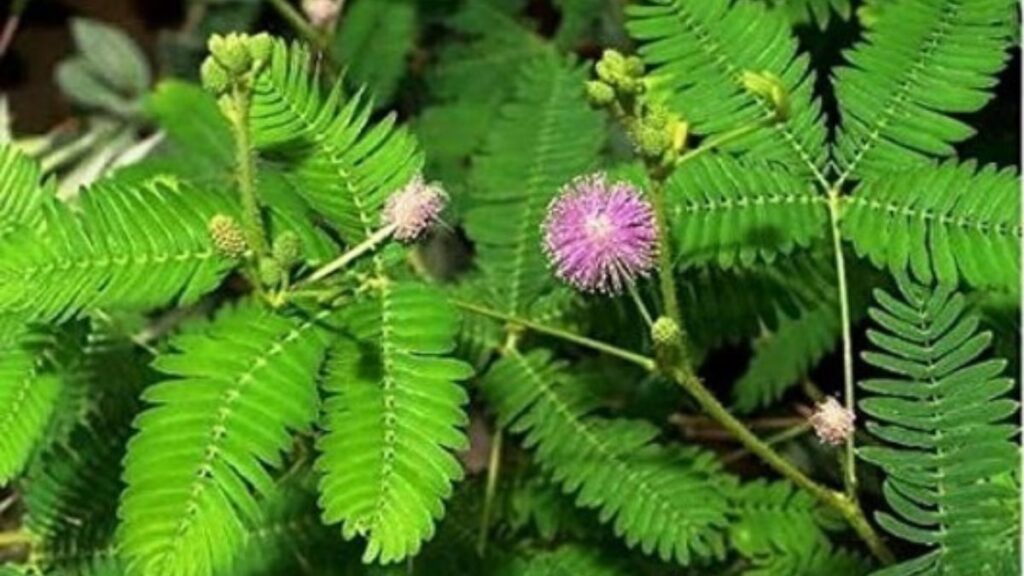Introduction to the Shami Tree
The Shami tree, often referred to as the guardian of biodiversity, stands tall and proud in many regions across India. With its striking foliage and sturdy branches, this remarkable tree is more than just a beautiful sight—it’s a cornerstone for ecosystems that thrive around it. As climate change looms large and threats to our environment increase, understanding the role of such trees becomes crucial. The Shami tree offers us hope with its myriad benefits for both nature and humanity. Let’s embark on a journey to uncover why this incredible plant deserves our attention and respect.
The Importance of Biodiversity and Sustainability
Biodiversity is the variety of life on Earth. It encompasses all living organisms, from plants to animals and microorganisms. This diversity plays a crucial role in maintaining ecosystem balance.
Healthy ecosystems provide essential services. They purify air and water, cycle nutrients, and support food production. The loss of biodiversity disrupts these systems, leading to consequences that affect our health and wellbeing.
Sustainability focuses on meeting our needs without compromising future generations. A rich diversity of species contributes to resilience against environmental changes like climate fluctuations.
When we protect biodiversity, we nurture natural habitats that sustain various forms of life. Each organism has its role; when one disappears, it can have a ripple effect throughout an ecosystem.
Investing in sustainability means safeguarding resources for tomorrow while promoting responsible use today. It’s about creating harmony between human activities and nature’s processes for lasting benefits.
Benefits of the Shami Tree for Biodiversity and Sustainability
The Shami tree plays a vital role in enhancing biodiversity. Its presence supports various species, providing habitat and food sources for numerous animals, insects, and birds. This interdependence fosters a rich ecosystem.
Additionally, the Shami tree contributes to soil health. Its deep roots prevent erosion while its fallen leaves enrich the ground with organic matter. This natural process boosts soil fertility, benefiting surrounding plant life.
Another remarkable benefit is its ability to withstand harsh climates. The Shami tree thrives in arid regions where other plants might struggle. By flourishing in such environments, it helps maintain ecological balance.
Moreover, this resilient species can capture carbon dioxide from the atmosphere. Through photosynthesis, it aids in combating climate change by reducing greenhouse gases.
Its medicinal properties also cannot be overlooked; traditional practices have long utilized parts of the Shami tree for healing purposes—further intertwining human health with environmental sustainability.
Traditional and Modern Uses of the Shami Tree
The Shami tree, or Prosopis cineraria, holds a special place in both traditional and modern contexts. For centuries, communities have relied on its wood for construction and fuel. The durable timber is ideal for making furniture and tools.
In many cultures, the leaves of the Shami tree are used as fodder for livestock. This has been vital in arid regions where other food sources may be scarce.
Modern applications include its role in reforestation efforts. Environmentalists recognize the tree’s ability to thrive in harsh conditions while improving soil quality.
Furthermore, extracts from the Shami tree have gained popularity in herbal medicine. People use them to treat various ailments due to their antioxidant properties.
Its seeds are also being explored as a sustainable source of protein and oil, offering potential benefits for health-conscious consumers today.
Efforts to Protect and Preserve the Shami Tree
Various organizations are rallying to protect the shami tree, recognizing its ecological significance. Conservation groups work tirelessly to raise awareness about this remarkable species. They organize campaigns that educate local communities on the benefits of preserving it.
Government initiatives also play a crucial role in safeguarding the shami tree. Policies aimed at reforestation and sustainable land management often highlight this native species. By promoting responsible agricultural practices, they help ensure that these trees thrive in their natural habitats.
Local farmers have begun incorporating shami trees into agroforestry systems. This integration enhances soil quality while providing shade for crops and livestock. Workshops focused on these sustainable methods empower communities to embrace eco-friendly practices.
Research institutions are studying the resilience of the shami tree against climate change impacts. Their findings guide conservation strategies, ensuring that future generations can enjoy its many benefits. Together, these efforts showcase our collective commitment to environmental stewardship and biodiversity preservation.
How You Can Help Promote Biodiversity and Sustainability with the Shami Tree
Planting Shami trees in your local community can greatly enhance biodiversity. They create a habitat for various species, fostering ecosystems rich in life.
You can participate in reforestation projects focused on the Shami tree. Many organizations welcome volunteers to help plant these important trees. Your effort contributes directly to restoring natural habitats.
Educating others about the significance of the Shami tree is also vital. Share interesting facts and benefits on social media or during community events. Engaging discussions raise awareness about biodiversity and sustainability issues.
Consider supporting businesses that promote sustainable practices involving the Shami tree. Buying products derived from this versatile tree helps generate demand while ensuring its preservation.
You could advocate for policies that protect native flora like the Shami tree in your area. Writing letters or joining local environmental groups amplifies your voice and influences decision-makers to prioritize conservation efforts.
Conclusion
The Shami tree stands as a remarkable example of nature’s generosity towards biodiversity and sustainability. Its role in the ecosystem cannot be overstated; it supports wildlife, enriches soil quality, and provides vital resources for local communities. As awareness around environmental issues grows, so too does the need to protect such invaluable species.
By embracing traditional practices alongside modern sustainable methods, we can harness the full potential of the Shami tree. It is essential that efforts to safeguard this powerful plant are intensified through conservation initiatives and community involvement.
Every small action counts when it comes to promoting biodiversity and sustainability. Whether you’re planting a Shami tree in your garden or supporting organizations dedicated to its preservation, you play an integral part in nurturing our planet’s health.
Let us all engage with nature’s gifts responsibly while appreciating what trees like the Shami have to offer. Your commitment today will pave the way for a greener tomorrow.






